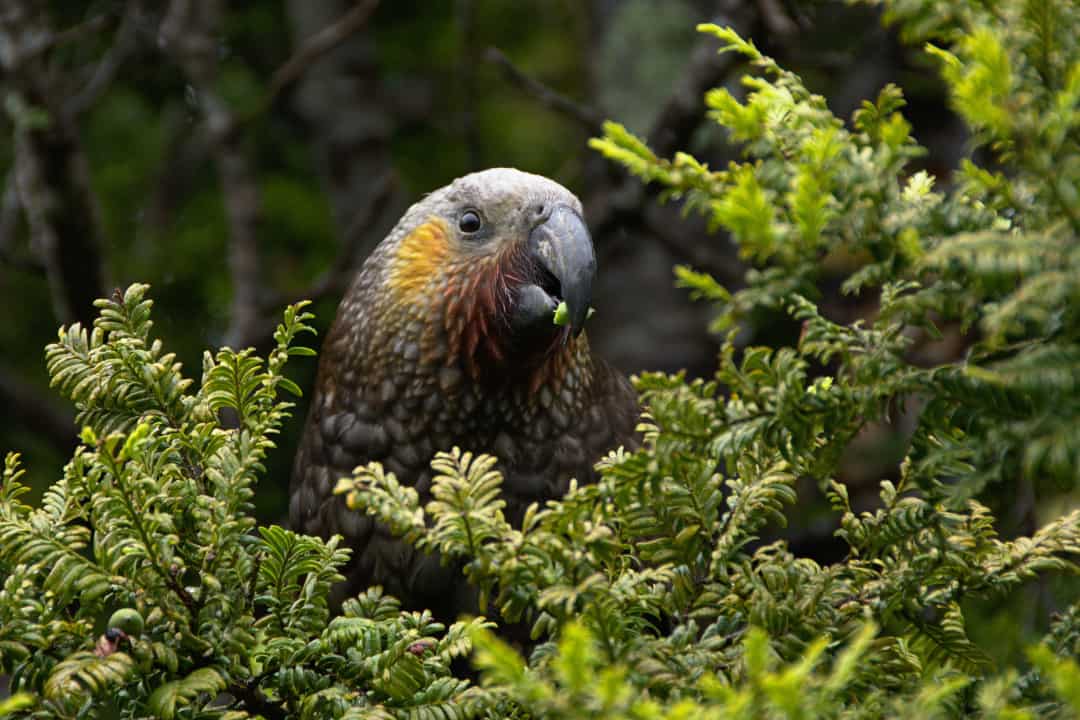An innovative, comprehensive approach to biodiversity conservation has been proposed by a research paper affiliated with the University of Toronto in the form of ‘Dynamic Protected Areas,’ which would be transient protected areas that change according to the biological concerns of the meta-population.
In an interview with The Varsity, Dr. Marie-Josée Fortin, a co-author of the paper and a professor at the Department of Ecology & Evolutionary Biology, broke down the advantages and disadvantages of both the extant strategy and the new strategy proposed in the paper.
The integration of the new conservation strategy would require significant updates of pre-established notions about biodiversity, conservation, and legislation. The co-authors ultimately concluded that the new strategy would be worthwhile, as current strategies will not be enough to keep up with the climate crisis.
What is biodiversity?
It is widely accepted that strategies to address the climate crisis must be multi-faceted in order to adequately treat a variety of connected issues, from flawed socioeconomic systems to biological limitations.
The term ‘biodiversity’ refers to the variety of all life on Earth. Biodiversity can be quantified or analyzed in a number of ways, which makes it a blanket term that encompasses many measures of diversity. Such measures include genetic variety in a single species, and species richness in specific regions.
Currently, the ‘Permanent Protected Area’ status is one of the main methods of preserving biodiversity in Canada. Permanent protected areas are fixed spaces that are set aside to minimize human intervention. Algonquin Provincial Park is an example of a permanent protected area, right here in Ontario.
The limitations of permanent protected areas
Fortin and her colleagues’ suggestions came from the limitations of ‘Permanent Protected Areas.’
Whether a provincial or national park, Fortin noted that permanent protected areas can take a long time to come into effect because the legislative process can be slow.
Furthermore, as more natural environments are converted for human use, it will be increasingly difficult to find land for permanent protected areas.
The static nature of permanent protected areas also poses a significant ecological dilemma. Fortin explained that biological organisms are categorized at many different levels, but the paper specifically addresses meta-populations, meta-communities, and meta-ecosystems.
The ‘meta’ prefix suggests a broader organization of each grouping. For example, a ‘meta-population’ refers to many populations at once and considers how they interact with one another, between different locations instead of one fixed location.
With these terms in mind, it’s no wonder that permanent protected areas alone may be inadequate in preserving biodiversity. The species within these areas are not completely isolated from their surrounding environments — they may engage in significant interactions with outside, unprotected environments, and vice versa.
Dynamic protected areas as an alternative
To better illustrate the concept of dynamic protected areas, Fortin referred to already-existing ‘no-take zones,’ which are marine areas that ban the exploitation of resources within that specific area, typically only until that resource is able to replenish itself. In other words, the region is only protected for as long as the environment demands.
The alternative idea of ‘Dynamic Protected Areas’ that Fortin highlighted would focus on terrestrial species that undergo annual migration. For example, if a particular species migrates south for the winter, the government could establish dynamic protected areas that travel with that species and that only last as long as the migration does.
With dynamic protected areas, there are still economic and legislative considerations. Nevertheless, Fortin and her colleagues support the strategy’s implementation, because it acknowledges that the environment has been and always will be undergoing change.


